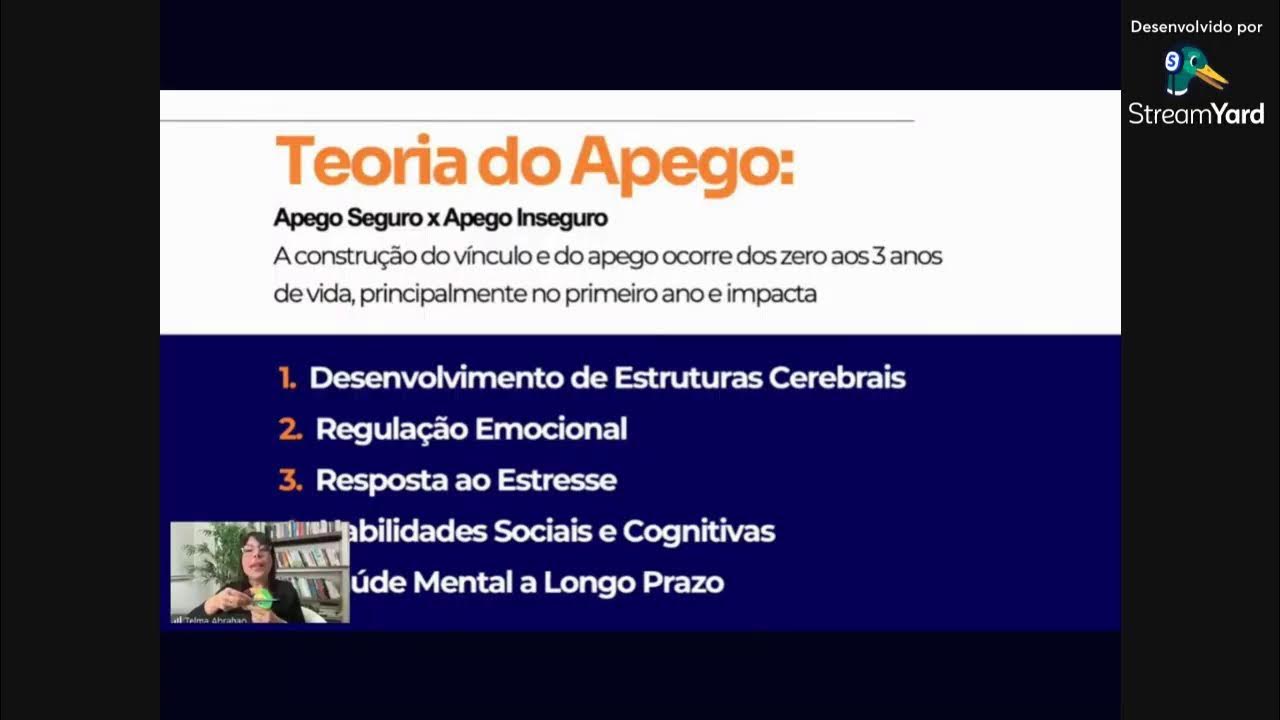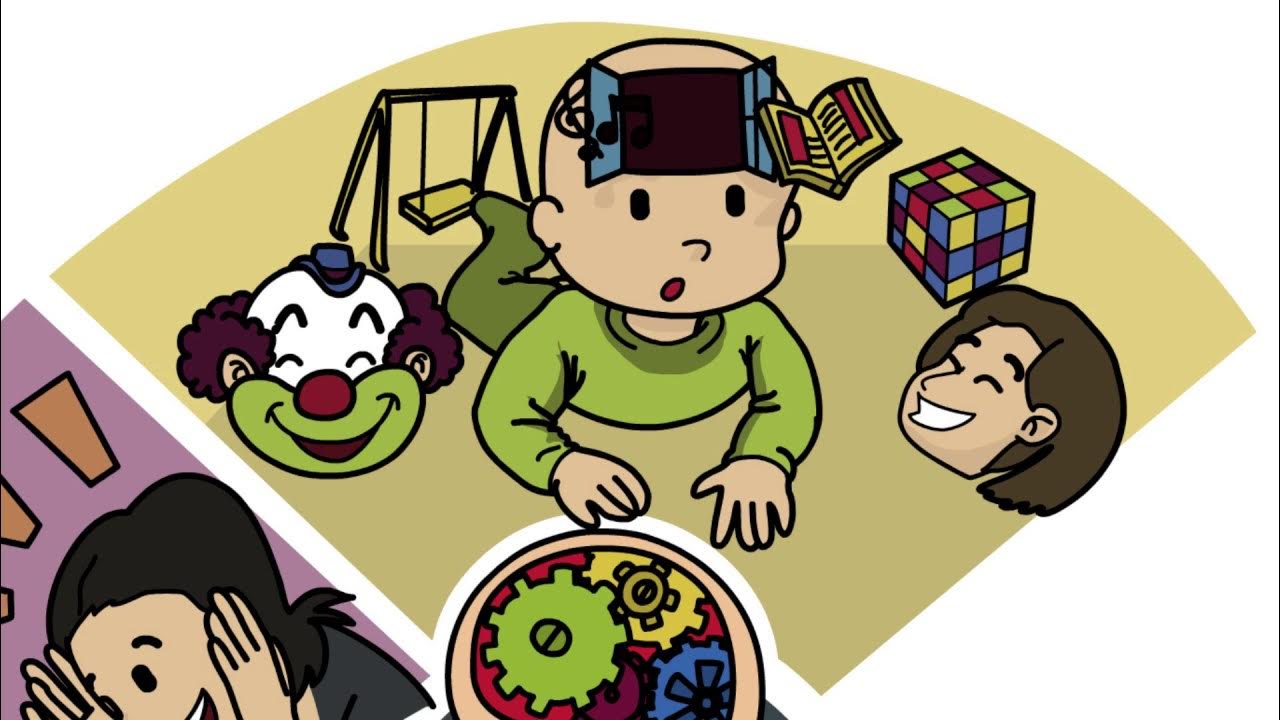Early Childhood Education: The Research
Summary
TLDRThe early years of a child's life significantly shape their brain development, with experiences forming neural connections that lay the groundwork for emotions, language, and skills. Stimulation strengthens these pathways through synaptic pruning, while lack of it can hinder overall brain development. Studies by Hart and Risley, and the Highscope Perry Preschool Study, highlight the impact of language exposure and early education on cognitive and social development, leading to long-term benefits such as higher income and reduced crime. The Heckman Curve underscores the high returns of early education investments, prompting policy changes in countries like Germany, Japan, and France to support child development.
Takeaways
- 🧠 Early childhood experiences significantly shape brain development, influencing emotions, language, motor skills, vision, and memory.
- 🧬 Genes provide a blueprint, but it's the environment and experiences that strengthen neural connections through synaptic pruning.
- 🌐 The brain can be visualized as a network of interconnected 'cities' representing different cognitive functions, with stimulation leading to growth.
- 🚧 Underdeveloped areas in the brain can cause 'traffic jams,' impeding overall cognitive development.
- 🗣️ Children from wealthier families receive more language exposure, which can lead to a significant word gap by age 3.
- 👨👩👧 Positive feedback is more prevalent in privileged homes, fostering a more encouraging environment for children.
- 🎓 The Highscope Perry Preschool Study demonstrated that quality early education can lead to long-term cognitive and social benefits.
- 🏡 Early education can have a profound impact on a child's future, including home ownership and income levels.
- 💼 The return on investment in early education is substantial, with societal benefits such as reduced crime rates.
- 📈 The Heckman Curve illustrates the high returns of early educational investments, prompting policy changes in various countries.
- 👨👩👧👦 Regular family interactions, such as dinners, are strongly linked to academic success, highlighting the importance of family engagement.
Q & A
How do early experiences impact a child's brain development?
-Early experiences create neural connections within the brain that form the foundation for emotions, language, motor skills, vision, and memories.
What is synaptic pruning and how does it relate to brain development?
-Synaptic pruning is the process where neural pathways and connections within the brain grow stronger if a region receives additional stimulation.
How does the analogy of 'Motor Skill Metropolis, Memory Mountain, and Vision Village' help to explain brain development?
-This analogy illustrates how different areas of the brain develop and grow in strength and connectivity based on stimulation, similar to how cities grow and expand.
What happens if a brain region does not receive adequate development?
-Without proper development, there can be 'traffic jams' in the brain, slowing down overall development and causing neurotransmitters to struggle in their functions.
What did Betty Hart and Todd Risley's study reveal about language exposure among children from different socioeconomic backgrounds?
-Their study showed that children from families on welfare were exposed to about 600 words per hour, while those from rich families were exposed to about 2,000 words per hour, leading to a significant word gap by age 3.
How does the balance of positive and negative feedback affect children's development?
-Privileged children receive more positive feedback, with a ratio of praise to discouragement of 6:1, while welfare children hear twice as much discouragement as praise, which can impact their lifelong development.
What was the Highscope Perry Preschool Study and what were its findings?
-The Highscope Perry Preschool Study was a longitudinal study that found attending a high-quality preschool significantly improved intellectual and social development, leading to better life outcomes such as higher income and lower crime rates.
What is the 'Grit' that the Highscope Perry Preschool Study identified as a key to success?
-Grit refers to a combination of character strengths like social skills, courage, and perseverance, which were found to be responsible for the long-term success of the children in the study.
How did the investment in preschool education in the Highscope Perry Preschool Study benefit society?
-The investment of $15,000 per child in preschool led to a reduction in crime and a total return on investment estimated at $195,000, benefiting society as a whole.
What does the Heckman Curve illustrate about the return on investment in education?
-The Heckman Curve shows that the return on investment in education is highest in the early years of a child's life, emphasizing the importance of early childhood education.
What steps have governments taken to support early childhood development based on the findings of studies like the Highscope Perry Preschool Study?
-Governments have implemented various policies such as financial support for parents, paid parental leave, and free kindergarten to support early childhood development.
According to the University of Michigan, what is a stronger predictor of good grades than doing homework?
-Regular family dinners are a stronger predictor of good grades than doing homework, highlighting the importance of family interaction and support.
Outlines

此内容仅限付费用户访问。 请升级后访问。
立即升级Mindmap

此内容仅限付费用户访问。 请升级后访问。
立即升级Keywords

此内容仅限付费用户访问。 请升级后访问。
立即升级Highlights

此内容仅限付费用户访问。 请升级后访问。
立即升级Transcripts

此内容仅限付费用户访问。 请升级后访问。
立即升级浏览更多相关视频

Encontro de Impulso - 28.10.24 sobrr s criança ferida com a telma

InBrief: Executive Function: Skills for Life and Learning

O NEURODESENVOLVIMENTO INFANTIL

Language: The First 5 Years of Life of Learning

The Science of Early Childhood Development

Early Years Resources: The Science of Early Childhood Brain Development
5.0 / 5 (0 votes)
